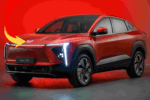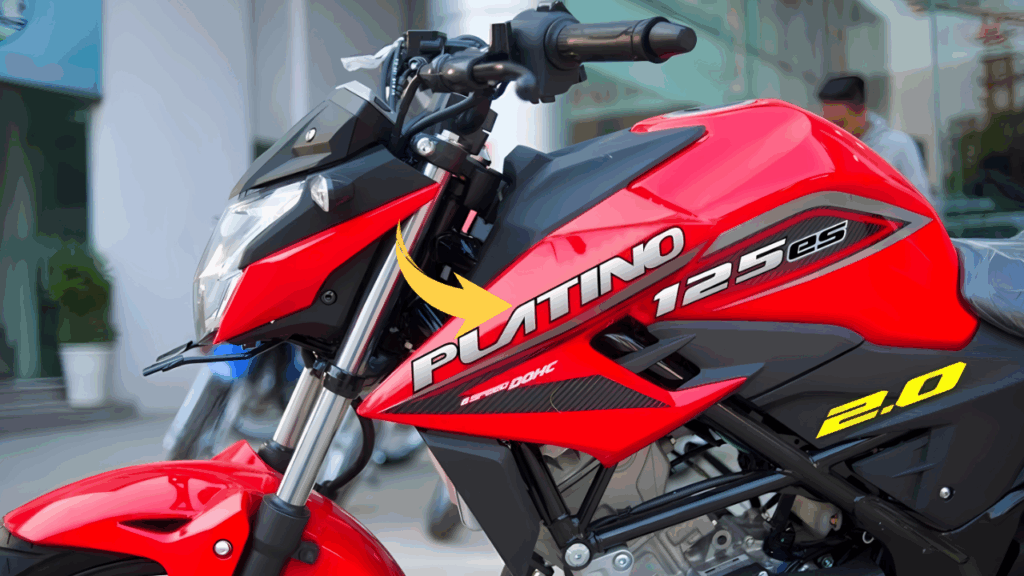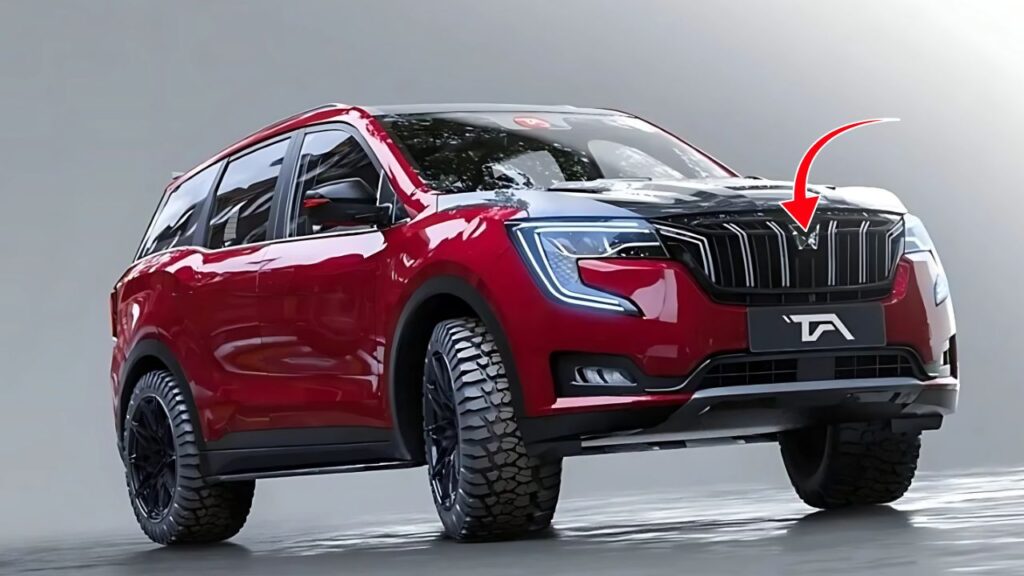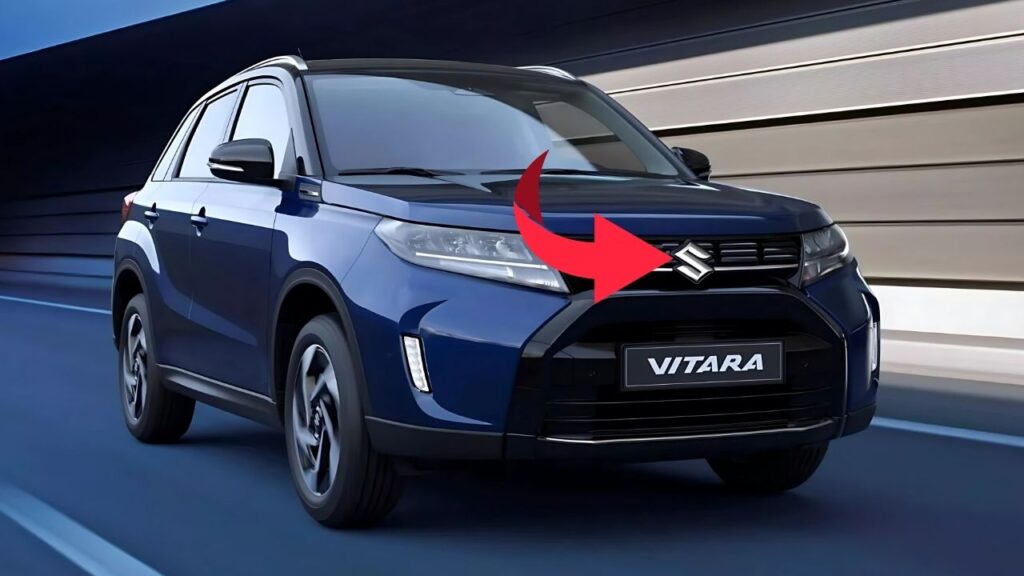Maruti Wagon R: In the diverse tapestry of India’s automotive landscape, few vehicles have achieved the remarkable combination of longevity, popularity, and cultural significance as the Maruti Suzuki Wagon R.
From its introduction in December 1999 to its current incarnation spanning multiple generations, this distinctively proportioned hatchback has transcended its humble positioning to become a genuine automotive icon that simultaneously represents practical family transportation, thoughtful engineering, and the evolving aspirations of India’s growing middle class.
More than merely another entry in Maruti’s extensive product portfolio, the Wagon R has established itself as a category-defining presence that continues influencing both consumer expectations and competitor offerings over two decades after its initial appearance.
Table of Contents
Maruti Wagon R: Origins and Design Philosophy
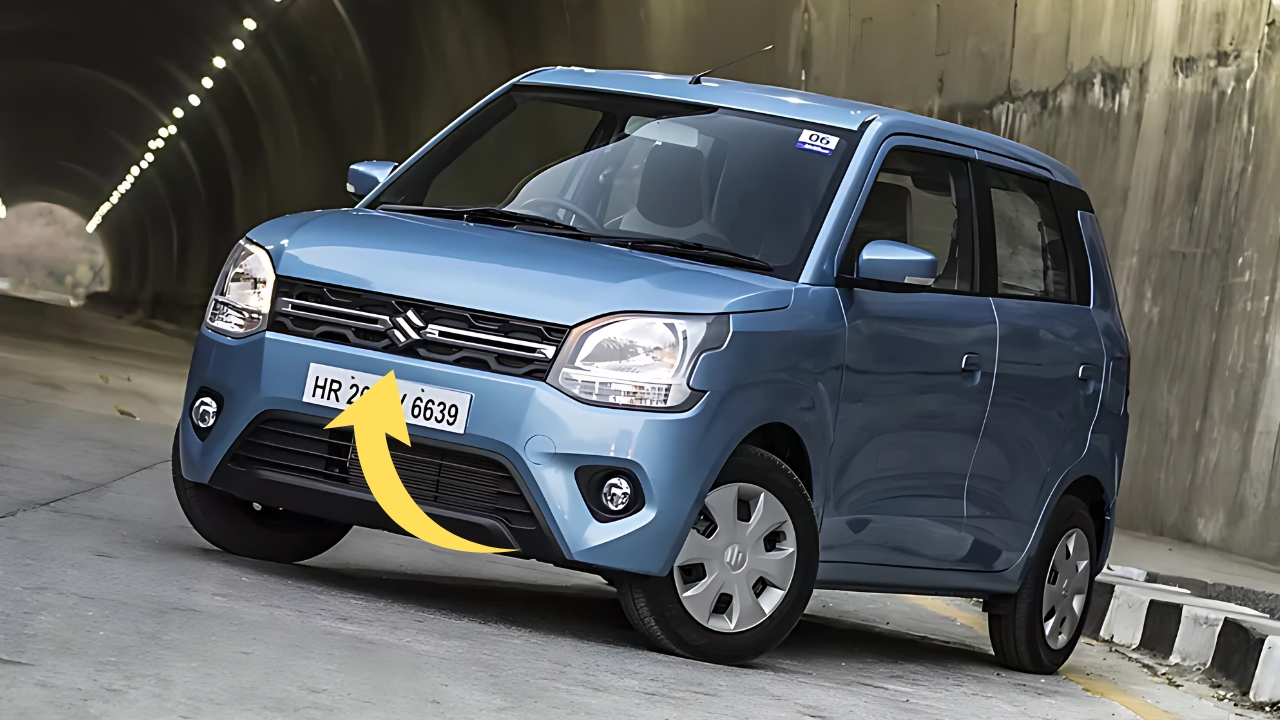
The origins of the Wagon R can be traced to Japan, where the model was first developed by Suzuki to address the specific requirements of that country’s “kei car” regulations—a taxation and insurance category that mandates strict limitations on vehicle dimensions and engine displacement.
The fundamental design approach that would later prove so successful in India emerged from these constraints: maximizing interior volume within limited exterior dimensions through a distinctive “tall boy” architecture that emphasized vertical space utilization rather than the lower, wider proportions typical of conventional hatchbacks.
When Maruti Suzuki introduced this design philosophy to India in 1999, it represented a bold departure from established norms in the small car segment.
While competitors focused on increasingly sleek, European-influenced styling that often compromised interior space, the Wagon R embraced its boxy, upright proportions as a virtue rather than a limitation.
The nearly vertical sides, expansive greenhouse, and minimal overhangs created a silhouette instantly distinguishable in traffic while delivering exceptional interior space relative to the vehicle’s modest footprint—a practical advantage immediately apparent to family buyers seeking maximum utility from their automotive investment.
This distinctive design approach has remained remarkably consistent through multiple generations, with subsequent iterations refining rather than abandoning the fundamental tall boy concept.
Even as automotive fashion trends have oscillated between various styling approaches, Maruti has maintained the Wagon R’s distinctive proportions while progressively modernizing details including lighting elements, grille treatments, and surface detailing.
This consistency has contributed significantly to the model’s iconic status, creating instant recognition that transcends specific generations or variants.
Engineering Evolution: Practical Innovation
The engineering philosophy underpinning the Wagon R has consistently emphasized practical innovation over marketing-driven specification points—an approach that prioritizes tangible everyday benefits rather than impressive but rarely utilized capabilities.
This pragmatic thinking begins with the model’s structural architecture, which employs careful material allocation to maximize both passenger protection and interior volume while controlling overall weight.
The high roofline not only enhances headroom but also contributes to exceptional ingress and egress—a benefit particularly appreciated by older passengers or those with mobility limitations who struggle with the lower seating positions of conventional hatchbacks.
Powertrain evolution has followed similar practical progression, beginning with the original 1.1-liter engine and progressively incorporating larger, more sophisticated options including the current 1.2-liter K-series unit that balances adequate performance with excellent efficiency.
Particularly notable was the introduction of factory-fitted CNG variants that addressed the practical requirements of increasingly cost-conscious and environmentally aware buyers.
These dual-fuel systems represented significant engineering advancement over aftermarket conversions, with integrated designs that maintained both safety standards and cargo capacity more effectively than third-party alternatives.
Transmission options have similarly evolved with market requirements, beginning with the original 5-speed manual and progressively incorporating automated manual transmissions (AMT) that deliver the convenience benefits of two-pedal operation without the cost and complexity penalties of conventional automatics.
This approach demonstrates Maruti’s sophisticated understanding of their target demographic—buyers seeking practical convenience without unnecessary expense or complexity—and has proven particularly successful as urban congestion has increasingly made clutch operation a significant pain point for daily commuters.
Chassis development has focused on gradual refinement rather than radical reinvention, with each generation introducing incremental improvements to the suspension calibration, steering precision, and structural rigidity.
The current generation particularly benefits from Maruti’s Heartect platform architecture, which employs high-tensile steel in critical areas to enhance both safety performance and handling precision without weight penalties that would compromise efficiency.
These improvements have progressively enhanced driving dynamics while maintaining the fundamental user-friendly character that defines the model’s appeal.
Feature Integration: Thoughtful Evolution
The approach to feature integration across successive Wagon R generations demonstrates Maruti’s sophisticated understanding of their target demographic’s priorities and pain points.
Rather than chasing specification-sheet advantages that might impress in showroom comparisons but deliver minimal real-world benefits, the Wagon R’s feature set has evolved through careful attention to how families actually use their vehicles in everyday Indian conditions.
This philosophy manifests most clearly in the model’s approach to space utilization, with interior packaging consistently prioritized over exterior styling considerations.
The high roofline creates exceptional headroom that accommodates taller passengers with ease, while the upright seating position maximizes legroom within the vehicle’s modest wheelbase.
Cargo capacity similarly reflects practical thinking, with a relatively deep load area that handles everyday requirements effectively despite the vehicle’s compact external dimensions.
Particularly noteworthy are the thoughtfully designed storage spaces distributed throughout the cabin—door pockets sized for water bottles, multiple small-item storage compartments, and bag hooks that demonstrate genuine understanding of how families transport their everyday necessities.
Technology integration has evolved to reflect changing expectations while maintaining focus on features that deliver tangible benefits rather than mere novelty.
Early generations offered power windows and central locking at a time when such features remained premium considerations in the segment, while subsequent iterations have progressively incorporated more sophisticated infotainment systems, steering-mounted controls, and connectivity options.
The current generation’s SmartPlay touchscreen system represents the most comprehensive offering yet, with smartphone integration that acknowledges the growing importance of digital connectivity even in value-focused vehicle segments.
Safety feature evolution particularly demonstrates the model’s progression, with the current generation offering dual airbags, ABS with EBD, rear parking sensors, and structural enhancements that comply with latest crash test requirements.
This steady improvement reflects both regulatory changes and evolving consumer awareness regarding safety considerations—an area where Maruti has progressively strengthened their offerings across all models but particularly in family-focused vehicles like the Wagon R.
Market Success and Cultural Impact
The commercial success of the Wagon R extends beyond mere sales figures (though these remain impressively consistent, with the model regularly featuring among India’s bestselling vehicles for over two decades).
More significantly, the vehicle has achieved genuine cultural relevance that transcends its utilitarian nature, becoming shorthand for practical, value-conscious family transportation that makes no apologies for prioritizing function over fashion.
This cultural position stems partly from Maruti’s remarkably consistent marketing approach, which has emphasized practical benefits through straightforward messaging rather than emotive or aspirational themes that might quickly appear dated.
The long-running “Smart Play” tagline particularly exemplifies this approach, acknowledging the intelligence of practical choices rather than attempting to position the vehicle as something beyond its fundamental nature.
This authentic communication has contributed significantly to the model’s enduring appeal across diverse demographic segments from young families to senior citizens seeking practical mobility.
The ownership community further reinforces this cultural presence, with Wagon R owners often exhibiting unusual brand loyalty and advocacy.
Owner groups across social media platforms share maintenance tips, modification ideas, and long-term ownership experiences—creating organic support networks that enhance the ownership experience while reinforcing the model’s reputation through word-of-mouth rather than manufacturer claims.
This community aspect extends the vehicle’s influence beyond its direct sales impact, creating a halo effect that benefits Maruti’s broader brand perception.
Fleet adoption represents another dimension of the Wagon R’s market success, with the model proving particularly popular for commercial applications including taxi services, corporate transportation, and driving schools.
This widespread presence in commercial fleets further enhances visibility while demonstrating the vehicle’s reliability and cost-effectiveness under the demanding conditions of professional operation—real-world validation that influences private purchase decisions much more effectively than marketing claims could achieve.
Competitive Influence and Segment Definition
Perhaps the most telling indicator of the Wagon R’s significance lies in its influence on competitor offerings and broader segment definition.
The model’s success essentially established the “tall boy” hatchback as a distinct category within India’s automotive landscape, compelling other manufacturers to develop similar offerings seeking to capture some portion of the market Maruti had effectively created.
Models including the Hyundai Santro, Tata Tiago, and Datsun Go all incorporated elements of the space-efficient architecture pioneered by the Wagon R, though none have achieved the same level of sustained market success or cultural recognition.
This competitive influence extends beyond direct rivals to impact broader automotive design thinking in India, with the Wagon R helping establish interior spaciousness and practical feature integration as primary purchase considerations rather than mere secondary factors.
By demonstrating that Indian consumers would enthusiastically embrace vehicles that prioritized practical benefits over styling fashion or specification maximalism, the model helped shift manufacturer focus toward more user-centered design approaches across multiple segments.
The Wagon R’s enduring presence has similarly influenced how manufacturers approach product lifecycles in the Indian market, demonstrating the value of evolutionary development that maintains fundamental character while progressively incorporating relevant improvements.
This approach contrasts with the more dramatic reinventions common in some markets, acknowledging that Indian consumers often value consistency and predictability in practical transportation choices rather than novelty for its own sake.
Maruti Wagon R: Enduring Relevance Through Focused Purpose
As the automotive landscape continues evolving through technological advancement, regulatory changes, and shifting consumer preferences, the Maruti Wagon R’s enduring relevance offers valuable insights into successful product development for emerging markets.
By maintaining unwavering focus on the practical requirements of everyday family transportation while progressively incorporating meaningful improvements that enhance rather than reinvent the fundamental concept, Maruti has created a genuinely iconic vehicle that transcends conventional product lifecycles.
This focused approach demonstrates that genuine innovation need not involve radical reinvention or specification maximalism, but rather thoughtful attention to how vehicles actually integrate into users’ daily lives across diverse socioeconomic contexts.
By prioritizing space efficiency, reliability, and value rather than chasing transient styling trends or unnecessarily complex technologies, the Wagon R has maintained relevance through multiple market transitions from basic motorization to increasingly sophisticated consumer expectations.
Perhaps most significantly, the Wagon R’s success illustrates how apparent constraints can become defining strengths when embraced through thoughtful design.
The very proportions that might appear ungainly through conventional automotive styling assessment become distinctive advantages when reconsidered through the lens of everyday utility and practical family requirements.
This lesson in purposeful design thinking transcends the specific vehicle to offer broader insight into successful product development—creating enduring solutions through embracing rather than disguising functional requirements.
As India’s automotive market continues its rapid evolution, the Wagon R seems positioned to maintain its distinctive presence through the same balanced approach to innovation that has sustained it thus far: progressive improvement without abandoning the fundamental character and focused purpose that established its iconic status in the first place.
